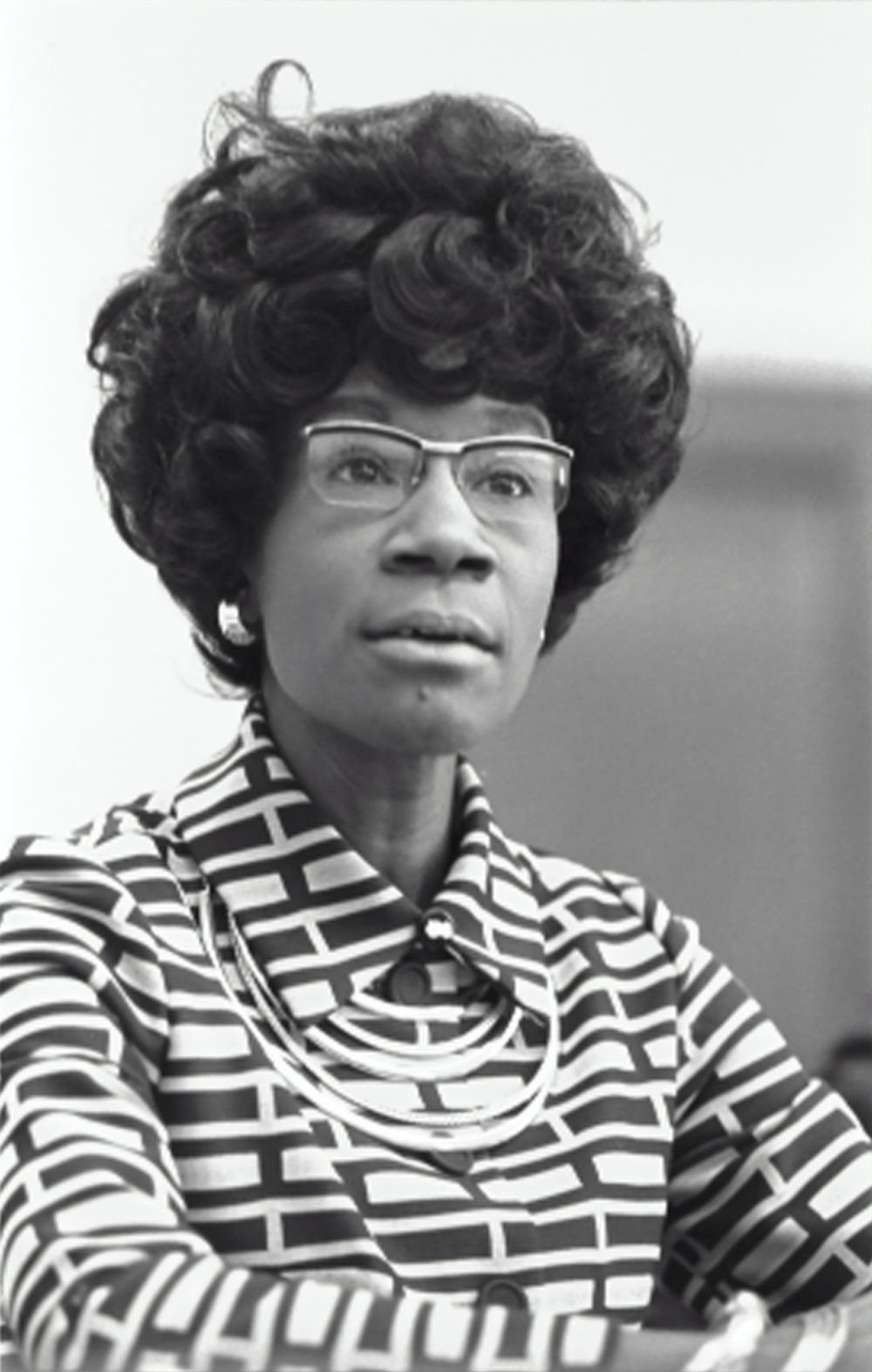Classic American Cars: A Comprehensive Guide

Introduction
When it comes to automobiles, few things evoke as much passion and nostalgia as classic American cars. These iconic vehicles have left an indelible mark on the history of the automotive industry, capturing the hearts of car enthusiasts worldwide. In this in-depth article, we will explore the world of classic American cars, their various types, popular models, quantitative measurements, differences between them, historical pros and cons, and the decisive factors that drive enthusiasts to purchase these timeless machines.
1. An Overview of Classic American Cars

Classic American cars refer to vintage vehicles manufactured by American car companies between the early 1900s and the 1970s. These cars embody the spirit of American craftsmanship and design excellence, reflecting the cultural and social changes of the time. From the Ford Model T to the Chevrolet Bel Air, these classics have become synonymous with the American automotive industry.
2. Types and Popularity of Classic American Cars
Classic American cars can be categorized into different types, including muscle cars, luxury cars, and iconic cruisers. Muscle cars, exemplified by the Ford Mustang and Chevrolet Camaro, are known for their high-performance engines and aggressive styling. Luxury cars like the Cadillac Eldorado and Lincoln Continental offer comfort, opulence, and refined elegance. Iconic cruisers such as the Chevrolet Bel Air and Ford Thunderbird represent the epitome of style and design. These classic cars have gained a significant following, with collectors and enthusiasts actively seeking and restoring them.
3. Quantitative Measurements of Classic American Cars
Quantitative measurements play a crucial role in assessing the value and performance of classic American cars. Key metrics include engine displacement, horsepower, torque, top speed, and acceleration. These measurements provide a basis for comparison among different models and help enthusiasts gauge the performance capabilities of their dream cars. Vintage car auctions and specialized publications often provide detailed specifications and performance figures for these classic vehicles.
4. Differences Between Classic American Cars
While classic American cars share a common heritage, they also possess distinct characteristics that set them apart. These differences can be observed in terms of design, engineering, performance, and cultural influence. For instance, the Ford Mustang and Chevrolet Corvette represent different approaches to the American sports car, with the former emphasizing affordability and accessibility, while the latter delivers uncompromising performance and luxury. Understanding these differences allows enthusiasts to appreciate the unique qualities each classic American car brings to the table.
5. Historical Pros and Cons of Classic American Cars
Classic American cars have their fair share of advantages and disadvantages, which have evolved over time. Advantages include their timeless design, robust and reliable engines, and the thrill of experiencing automotive history firsthand. On the flip side, classic American cars can be challenging to maintain, expensive to restore, and may not offer the same level of modern conveniences and safety features found in contemporary vehicles. By understanding the historical pros and cons, enthusiasts can make informed decisions when owning and restoring their beloved classics.
6. Decisive Factors for Enthusiasts Buying Classic Cars
When it comes to purchasing a classic American car, enthusiasts consider several crucial factors. These include the car’s condition, rarity, desirability, authenticity, and availability of spare parts. Maintenance costs, potential appreciation in value, and the emotional connection to a specific model or era also play a significant role. Owning a classic American car is not merely about transportation but about holding a piece of history and enjoying the thrill of the open road in a truly unique machine.
Conclusion
Classic American cars represent an integral part of automotive history, encapsulating the dreams, aspirations, and innovations of a bygone era. From their diverse types and popularity to quantitative measurements, differences, historical pros and cons, and decisive factors for enthusiasts, these timeless vehicles continue to captivate and inspire car enthusiasts around the world. Whether it’s cruising down Route 66 or participating in classic car shows, the allure of classic American cars remains unwavering, preserving their legacy for future generations to admire and cherish.
[INSERT VIDEO(S) HERE: This is a place where one or more videos showcasing classic American cars can be inserted to further engage the audience and provide visual examples.]
FAQ
What are classic American cars?
What are some popular types of classic American cars?
What factors should enthusiasts consider when buying a classic American car?
Fler nyheter
Truckutbildning Jönköping – en smart satsning för jobb och säkerhet
Introduction When it comes to automobiles, few things evoke as much passion and nostalgia as classic American cars. These iconic vehicles have left an indelible mark on the history of the automotive industry, capturing the hearts of car enthusiasts w...
04 december 2025
Cykelväska: en nödvändighet för den moderna cyklisten
Introduction When it comes to automobiles, few things evoke as much passion and nostalgia as classic American cars. These iconic vehicles have left an indelible mark on the history of the automotive industry, capturing the hearts of car enthusiasts w...
03 december 2025
Tecken på fel på ABS-systemet
Introduction When it comes to automobiles, few things evoke as much passion and nostalgia as classic American cars. These iconic vehicles have left an indelible mark on the history of the automotive industry, capturing the hearts of car enthusiasts w...
03 december 2025
Elbilens historia jämfört med dagens teknik
Introduction When it comes to automobiles, few things evoke as much passion and nostalgia as classic American cars. These iconic vehicles have left an indelible mark on the history of the automotive industry, capturing the hearts of car enthusiasts w...
02 december 2025











